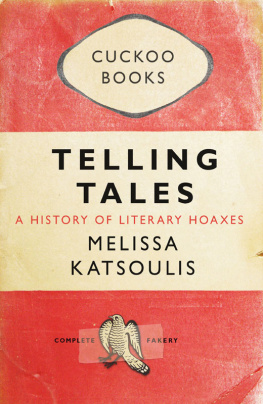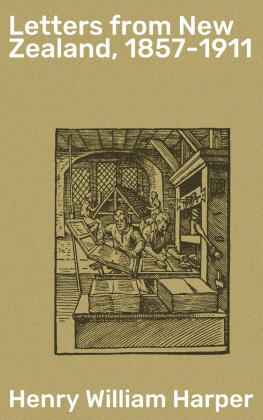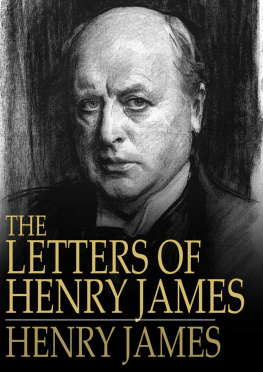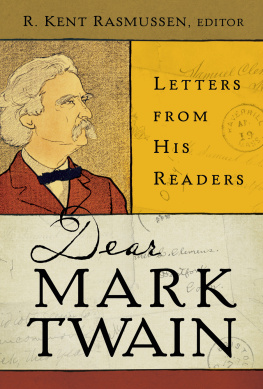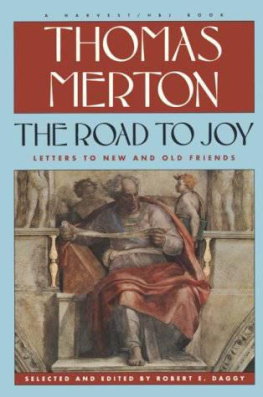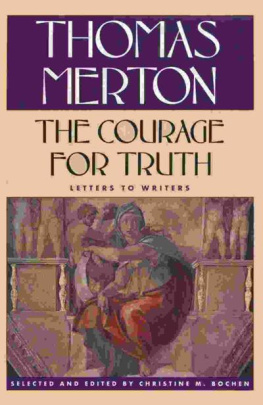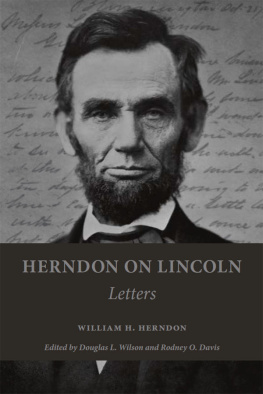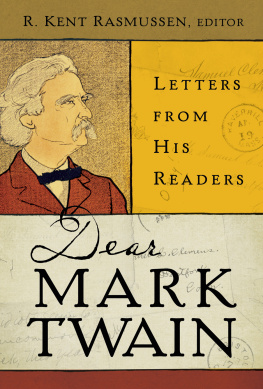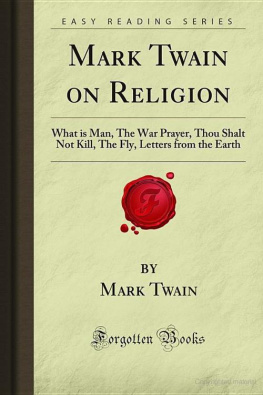Melissa Katsoulis is a journalist and writer. She has written for The Times, where she also worked on the books desk, the Sunday Telegraph, the Financial Times, The Tablet and the Ham and High. She lives in London.
Telling Tales
A HISTORY OF LITERARY HOAXES

by
MELISSA KATSOULIS
CONSTABLE LONDON
For Rosalind Adams: mother, friend, investor
Constable & Robinson Ltd
5556 Russell Square
London WC1B 4HP
www.constablerobinson.com
First published in the UK by Constable,
an imprint of Constable & Robinson Ltd, 2009
Copyright Melissa Katsoulis, 2009
The right of Melissa Katsoulis to be identified as the author of this work has been asserted by her in accordance with the Copyright, Designs and Patents Act 1988
The extract on page 61 is from Prince of Forgers by Joseph Rosenblum, 1998, Oak Knoll Press
All rights reserved. This book is sold subject to the condition that it shall not, by way of trade or otherwise, be lent, re-sold, hired out or otherwise circulated in any form of binding or cover other than that in which it is published and without a similar condition including this condition being imposed on the subsequent purchaser.
A copy of the British Library Cataloguing in
Publication data is available from the British Library
ISBN: 978-1-84901-080-1
eISBN: 978-1-47210-783-1
Printed and bound in the EU
1 3 5 7 9 10 8 6 4 2
CONTENTS

ACKNOWLEDGMENTS

Special thanks to Gina Rozner, without whom this book would not exist, and also to Andreas Campomar and everyone at Constable. I am grateful to Margaret Body, Giles Coren, Alison Flood, Chaz Folkes, Ivan Helmer, Nicolas Madelaine, Angela Martin, Neel Mukherjee, Michael Prodger, Pete Rozycki, Jerry Sokol, Guy Stevenson, Erica Wagner, Carl Wilkinson. And to Peter Stevenson: the greatest living Greek Scotsman and the love of my life.
INTRODUCTION

F ROM DISGRUNTLED MORMONS and fake Native Americans to bored students and lustful aristocrats, the bizarre history of literary hoaxers is every bit as revealing as the orthodox roll-call of Western writers, as is their acute appreciation of what inspires, frightens and resonates with their generation. And their stories are often incredibly funny, too.
This history of the most notable literary hoaxes does not claim to be comprehensive: some well-loved tricksters such as Henry Root and Rochester Sneath have been left out because they seem, on reflection, to be more practical jokers than true hoaxers. Others, like Thomas J. Wise and James Collier, are not included because their rather pedestrian projects must be called forgeries rather than hoaxes. And although it begins in the eighteenth century the age of the novel and the era when being a publisher or author offered, for the first time, a real chance at what Samuel Johnson called the fever of renown cases of writers playing games with authorship and authenticity can be traced as far back as the fourth century BC.
Some were hoaxing for their own amusement, as was the case with the philosopher known as Dionysius the Renegade, the earliest hoaxer literary history records. He was the spirited rebel Stoic who, after breaking away from the school which had raised him to believe in the nobility of pain and suffering, manufactured a fake Sophocles play called Parthenopaeus and inserted into it a number of insulting acrostics including HERACLIDES IS IGNORANT OF LETTERS AND IS NOT ASHAMED OF HIS IGNORANCE.
Others, such as the unknown author of the famous Donation of Constantine, hoaxed for political gain: that two-part document comprising the Confessio and Donatio which was inserted into a twelfth-century book of canonical law purported to confirm the Emperor Constantines gift of European dominion to the church in return for Pope Sylvester curing him of leprosy and revealing to him Christs love.
To understand the significance of the stories collected here (most of which can and should be read as much for sheer amusement at the amazing lengths to which people will go to practise a deception, and the sheer nonsense gullible readers are willing to swallow, as for literary-historical edification) it is useful to consider the three main types of hoax, and the thorny subject of truth-telling in literature more generally.
Not all hoaxes are equal and although the ones chosen for inclusion in this book are arranged chronologically within chapters, they might just as easily have been broken down into the three distinct groups that most hoaxes can be said to fall into. The American academic Brian McHale, one of the surprisingly few literary theorists to attempt a comprehensive taxonomy of the written hoax, has identified these groups as: the genuine hoax, the entrapment hoax and the mock hoax.
Into the first group fall the majority of examples, and nearly all of the very famous ones. The Hitler Diaries, the Ossian poems, William Irelands Shakespeare papers and the Donation of Constantine can all be given McHales playfully oxymoronic label genuine hoax because they are dishonest literary creations which are intended never to be exposed. They might be done for reasons of financial, ideological or emotional gain, but they are neither self-conscious works of art nor are they intended to poke fun at specific individuals or institutions. The perpetrators of these hoaxes tend to be unfortunate creatures who have been unable to find success with their legitimate works and who are desperate either for the money or recognition that literary success can bring. The eighteenth centurys William Ireland is a prime example: he was a boy growing up in London amidst the 1790s frenzy for collecting and classifying European cultural artefacts. Studiously ignored by his bibliophile father, he was considered dim and hopeless and forced into a humble clerking job which he hated. Yet on the day he first presented his Shakespeare-obsessed parent with a piece of paper purporting to bear the bards signature, all his lifes problems began to evaporate. Overnight, he became the focus of his fathers undivided attention, praised for his brilliance in sourcing and negotiating deals for the series of Shakespearean papers he was secretly producing using antique paper and specially mixed ink.
The main reason for Irelands eventual undoing was that he was not a skilled enough writer to convince critics that his discovered works were genuine. Other pliers of genuine hoaxes, however, were such skilled stylists that their work has continued to be held in high regard even after debunking and death. Thomas Chattertons Rowley poems and the bardic verses by Macpherson are both cases in point, and continue to be read and studied today as worthwhile creations in their own right; and particularly in the case of Chatterton, the ill-fated young medievalist from Bristol who came to London to seek his fortune but fell victim to poverty and desperation before his talents could out, the high romance of the hoaxers real-life story has proved irresistible to future generations. Of all the hoaxers who have caught the imagination of later writers (Ern Malley and Anthony Godby Johnsons appearance in novels by Peter Carey and Armistead Maupin being other examples) the life of Chatterton has continued to inspire great secondary works of art by authors from John Keats to Peter Ackroyd.
Next page
